🚨 7 Smart Ways to Prevent Weak API Authentication in Laravel
🔐 What is Weak API Authentication in Laravel?
Weak API Authentication in Laravel refers to improperly implemented mechanisms for verifying the identity of API clients. These vulnerabilities often occur due to misconfigured token handling, missing authentication layers, predictable keys, or absence of rate-limiting.
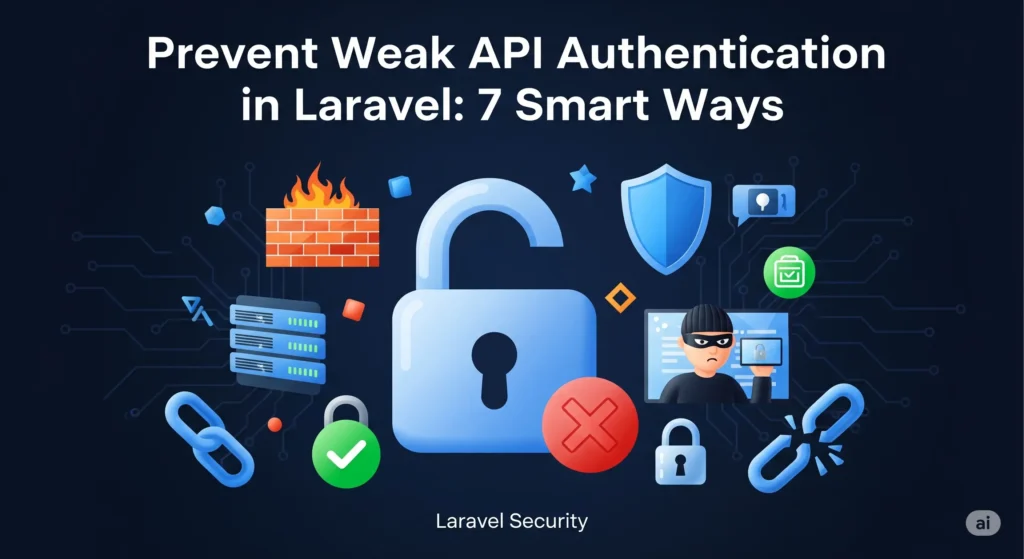
Attackers can easily exploit these flaws to impersonate users, bypass access controls, and steal sensitive data.
Understanding and mitigating weak API authentication in Laravel is crucial to building secure, production-ready APIs.
🔍 Why Laravel APIs Are Prone to Weak Authentication
Laravel makes API development simple with Laravel Sanctum, Passport, and token-based systems. But without proper configurations, you might unknowingly expose your application to:
- Token leakage
- Hardcoded secrets
- Improper validation logic
- Missing scopes or guards
These mistakes form the basis of weak API authentication in Laravel, often leading to critical breaches.
📸 Screenshot of Our Website Vulnerability Scanner Tool
Before diving into code, here’s what you can use to detect API flaws like weak authentication instantly:
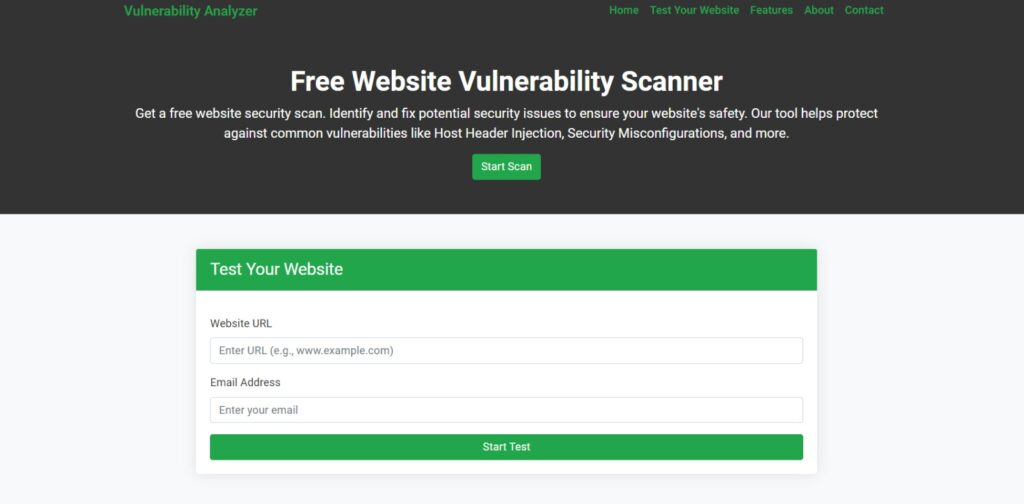
💡 7 Smart Ways to Fix Weak API Authentication in Laravel
Let’s walk through seven real-world Laravel configurations and code improvements that eliminate weak authentication vectors.
1. ✅ Use Laravel Sanctum or Passport (Properly)
Laravel’s Sanctum is ideal for SPAs and token-based authentication. But using it incorrectly can cause weak API authentication in Laravel.
❌ Bad Example (No token expiration):
$user = User::where('email', $request->email)->first();
$token = $user->createToken('NoExpiration')->plainTextToken;✅ Fix (With expiration and hashing):
use Carbon\Carbon;
$token = $user->createToken('SecureToken', ['*'], Carbon::now()->addMinutes(60))->plainTextToken;2. 🔐 Avoid Hardcoded API Keys
Hardcoding credentials exposes you to high-risk breaches.
❌ Vulnerable Code:
$apiKey = 'ABC123XYZ'; // static and exposed
✅ Secure Alternative (Using .env):
$apiKey = env('EXTERNAL_API_KEY');In .env:
EXTERNAL_API_KEY=your-secret-key3. 🛡️ Enforce Middleware Guards
Use custom middleware to ensure access control.
Route::middleware('auth:sanctum')->group(function () {
Route::get('/user-profile', [UserController::class, 'index']);
});Make sure the auth:sanctum or auth:api middleware is applied correctly.
4. 🔁 Rotate Tokens Regularly
Tokens should be rotated and revoked after each session.
Auth::user()->tokens()->delete(); // Revoke old tokens
$newToken = Auth::user()->createToken('NewToken')->plainTextToken;5. ⏳ Use Short Token Expiry Times
Tokens should have an expiration policy.
In config/sanctum.php:
'expiration' => 60, // Token valid for 60 minutes6. ⚠️ Add Rate Limiting to Login Routes
Prevent brute-force attacks with Laravel’s built-in ThrottleRequests.
Route::post('/login', 'AuthController@login')->middleware('throttle:5,1');This allows only 5 attempts per minute.
7. 🧪 Always Validate Tokens Server-side
Don’t rely only on client-side logic for token handling.
❌ Don’t Do This:
if (localStorage.getItem('token')) {
// assume user is authenticated
}✅ Validate on the server:
Route::middleware('auth:sanctum')->get('/dashboard', function () {
return auth()->user();
});🧪 Vulnerability Report Screenshot Example
After applying these fixes, test your Laravel API using our scanner. Here’s an example report to check Website Vulnerability:
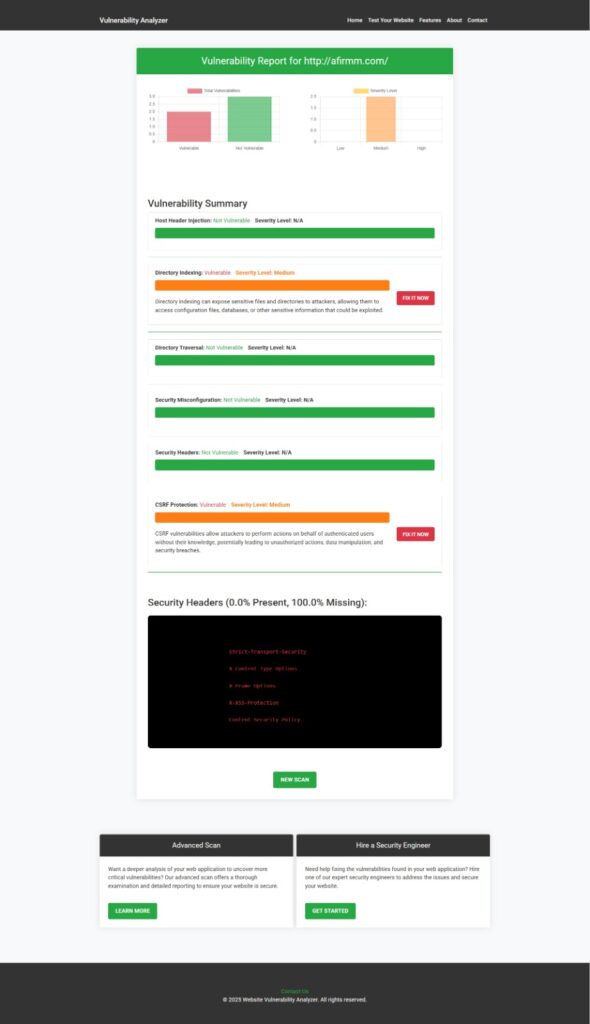
📚 Related Guides & Internal Resources
If you’re serious about Laravel API security, explore our related blogs:
- 🔒 Stop Session Replay Attack in Laravel
- 🌐 CORS Misconfigurations in Laravel
- 🚀 Prevent XSSI Attack in Laravel
- 🧠 Prevent NoSQL Injection in React.js
- 🔐 Transport Layer Protection in Laravel
- 🤖 Case Study on AI App Security Audit
🚀 New Services You Shouldn’t Miss
🤖 AI Application Cybersecurity
Protect AI models and machine learning APIs from evolving threat vectors. Learn how we secure large-scale AI deployments.
🤝 Offer Cybersecurity Services to Your Clients
Are you a dev agency or consultant? Partner with us to deliver world-class cybersecurity audits and white-label penetration testing.
Did you know? We now offer Managed IT Services—a comprehensive monthly solution for hosting, helpdesk, and IT security, all in one package.
🔚 Final Thoughts
Weak API Authentication in Laravel can expose your entire application ecosystem to attacks. Whether you’re building SPAs, mobile apps, or public APIs, use the best practices outlined above to harden your backend.
🔐 Frequently Asked Questions (FAQs)
Find answers to commonly asked questions about Weak API Authentication in Laravel.
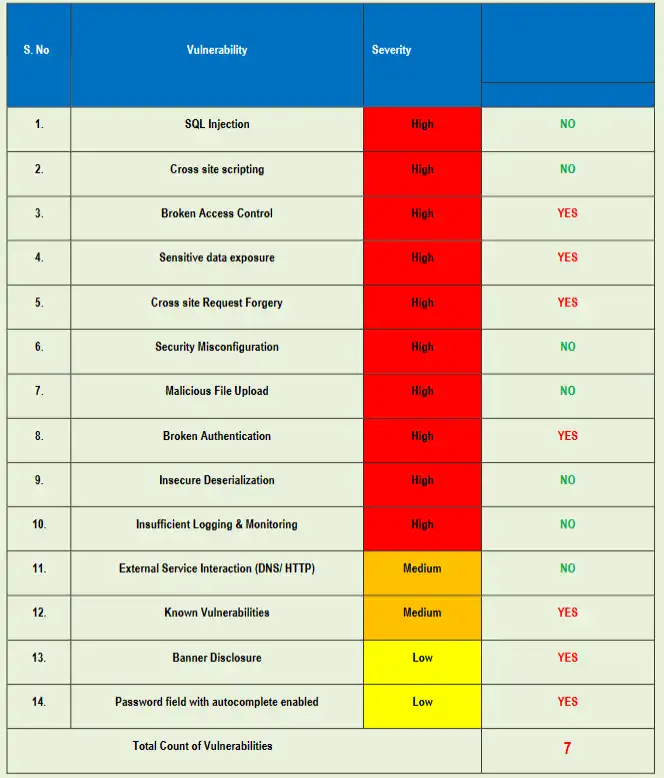
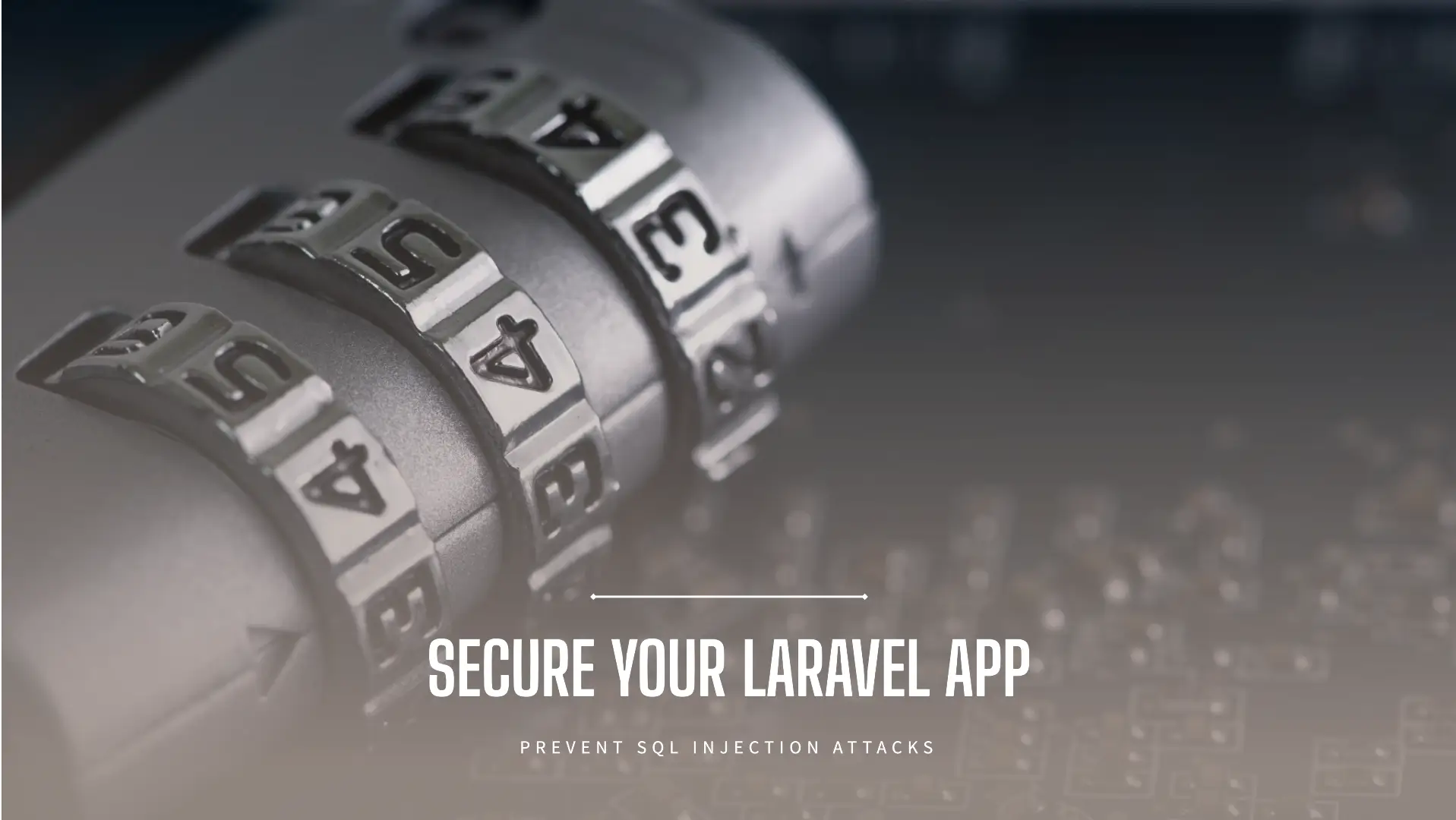
Pingback: Prevent Cache Poisoning in React.js: 7 Proven Techniques